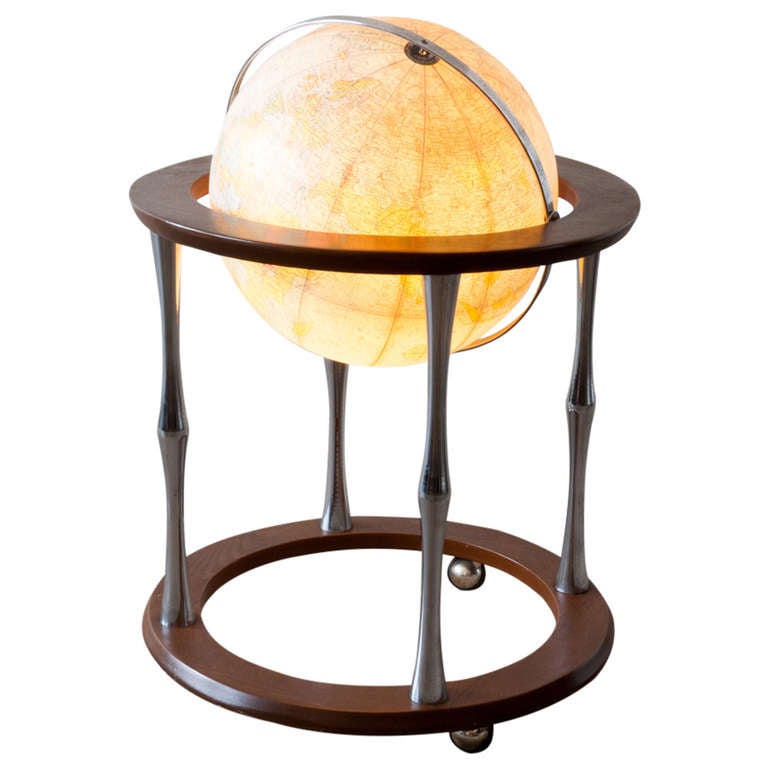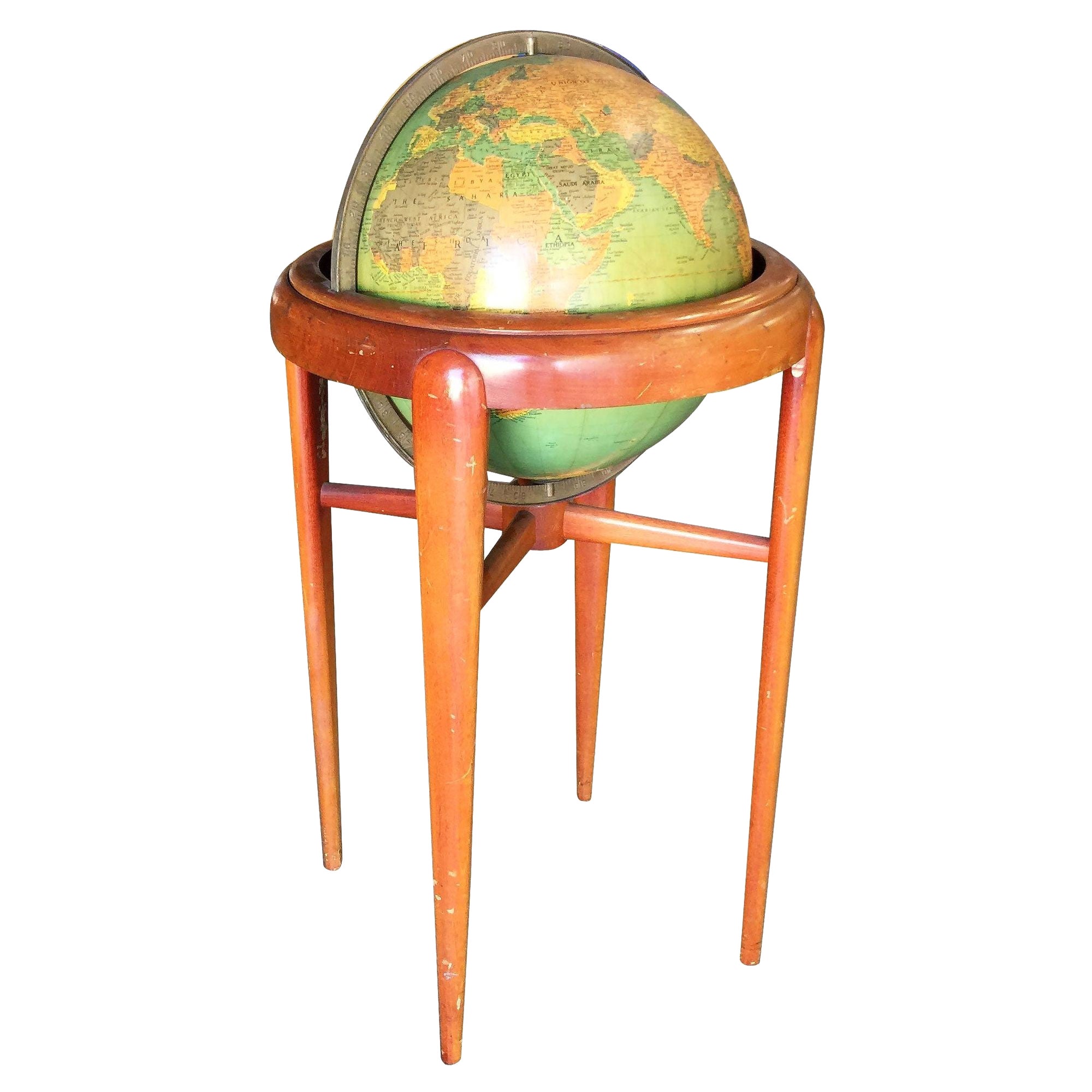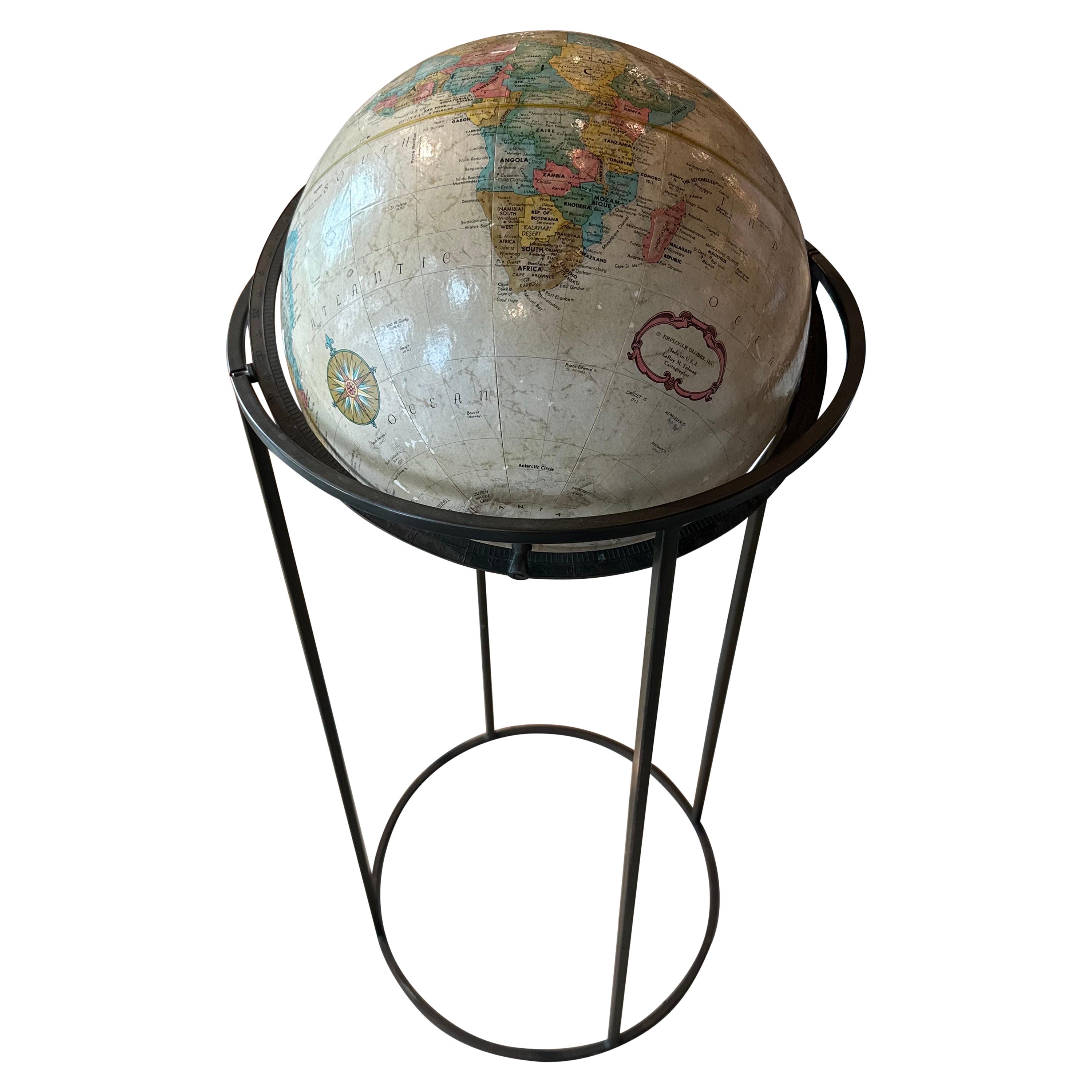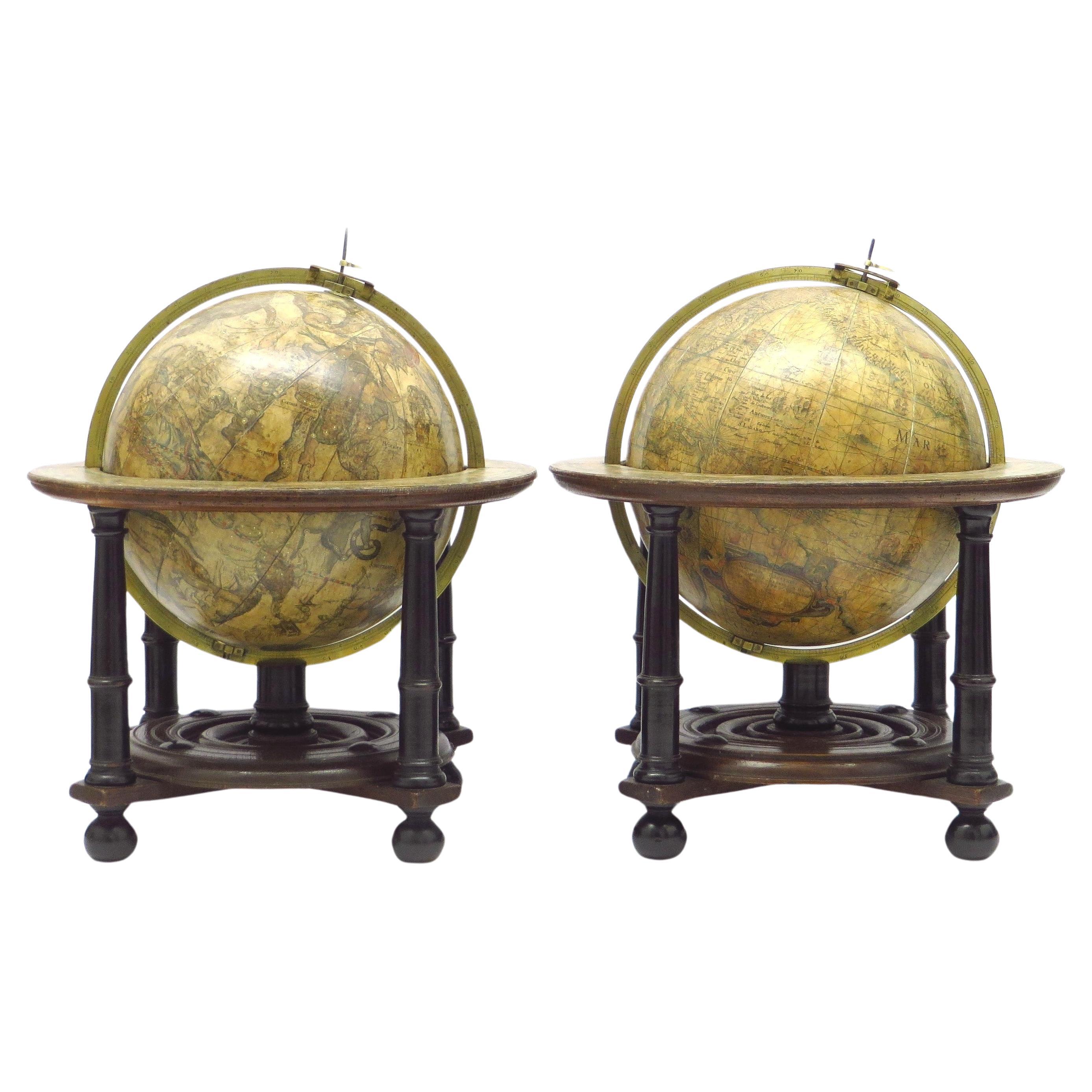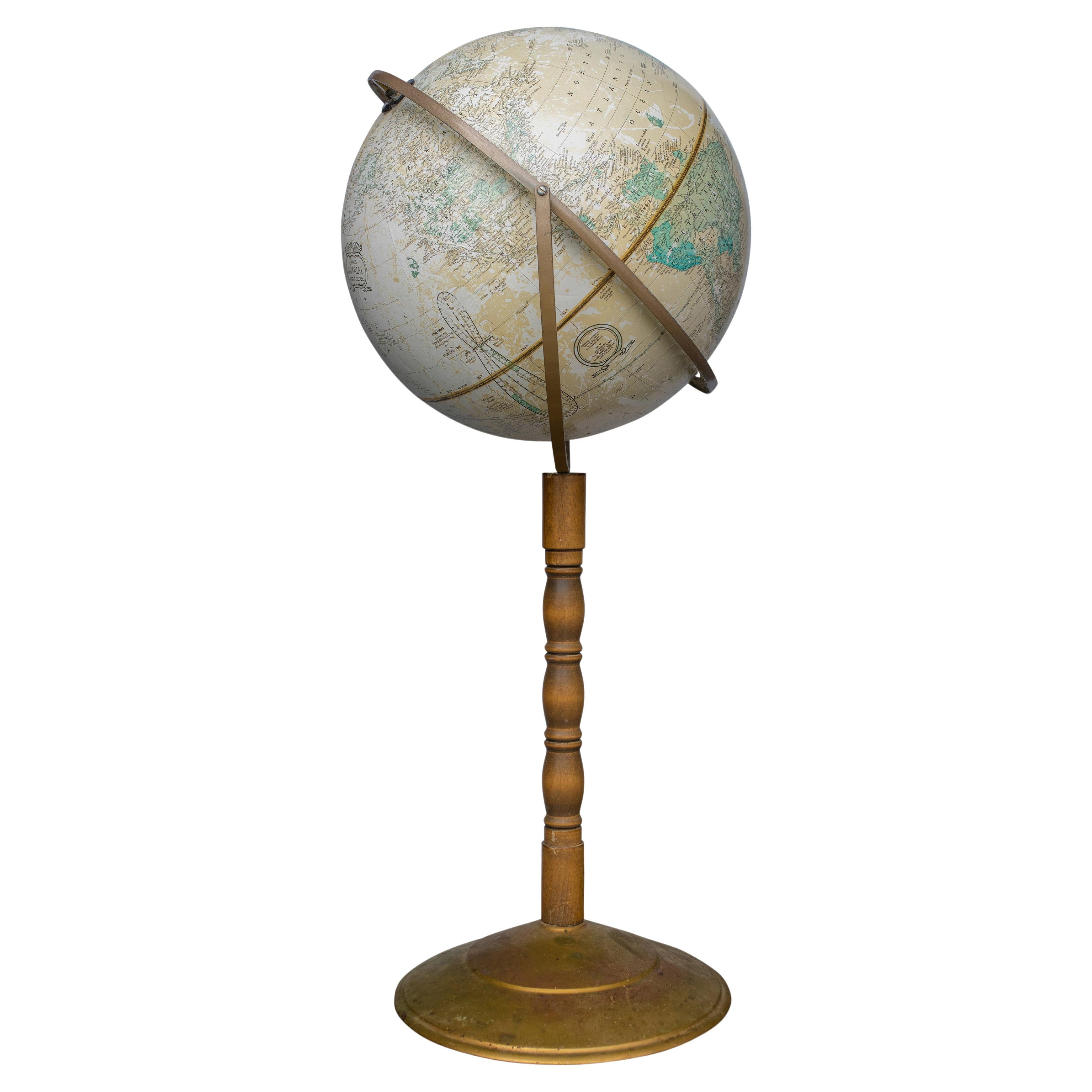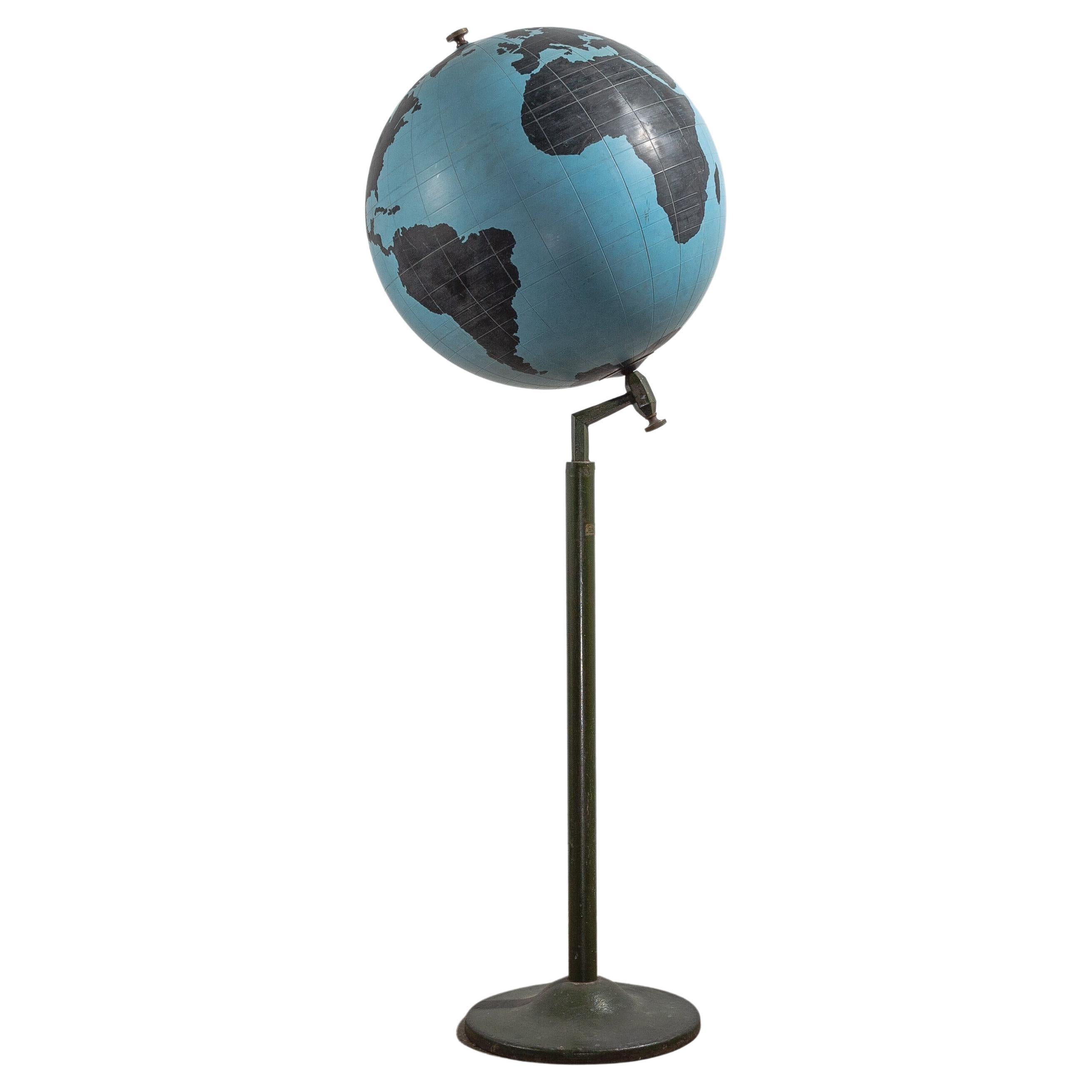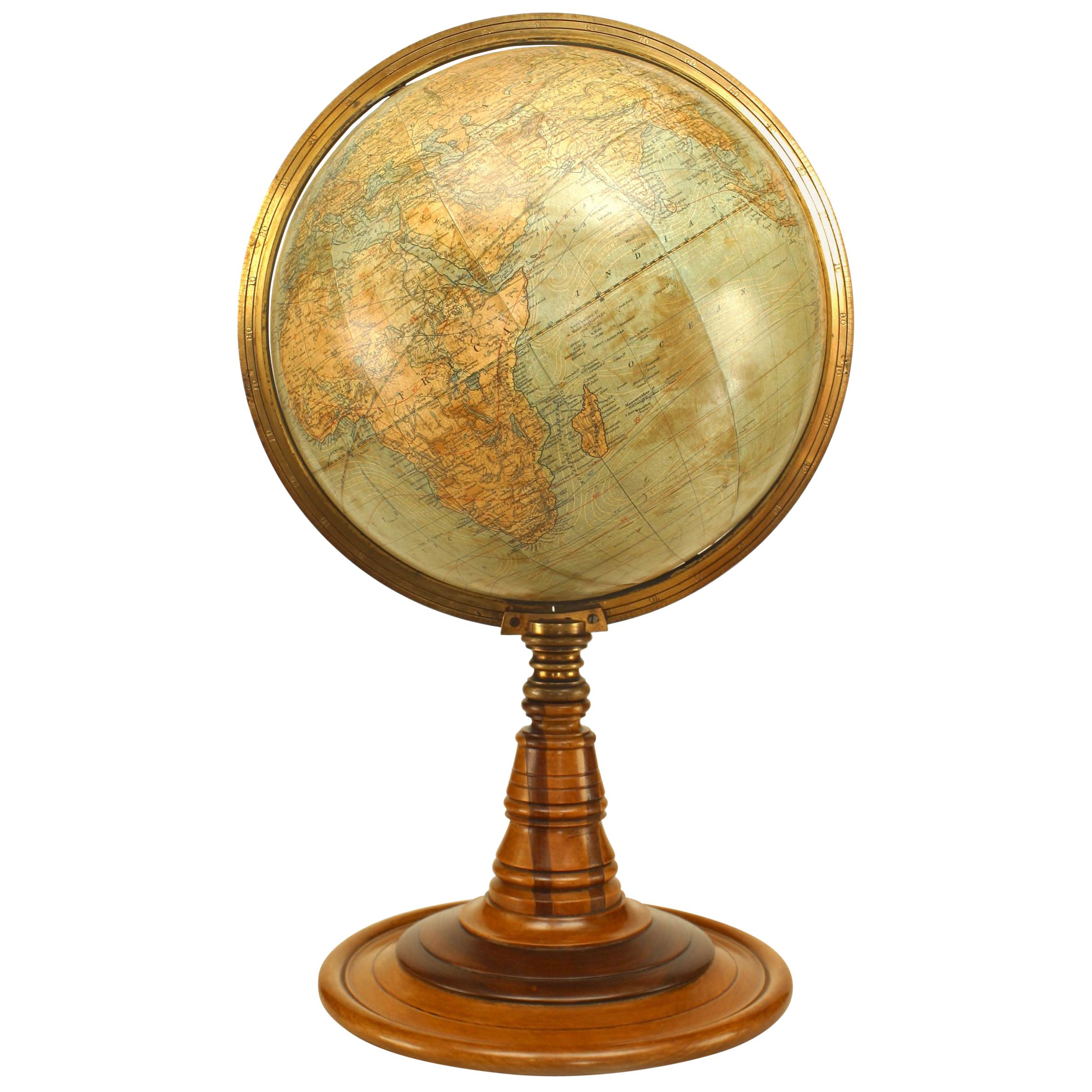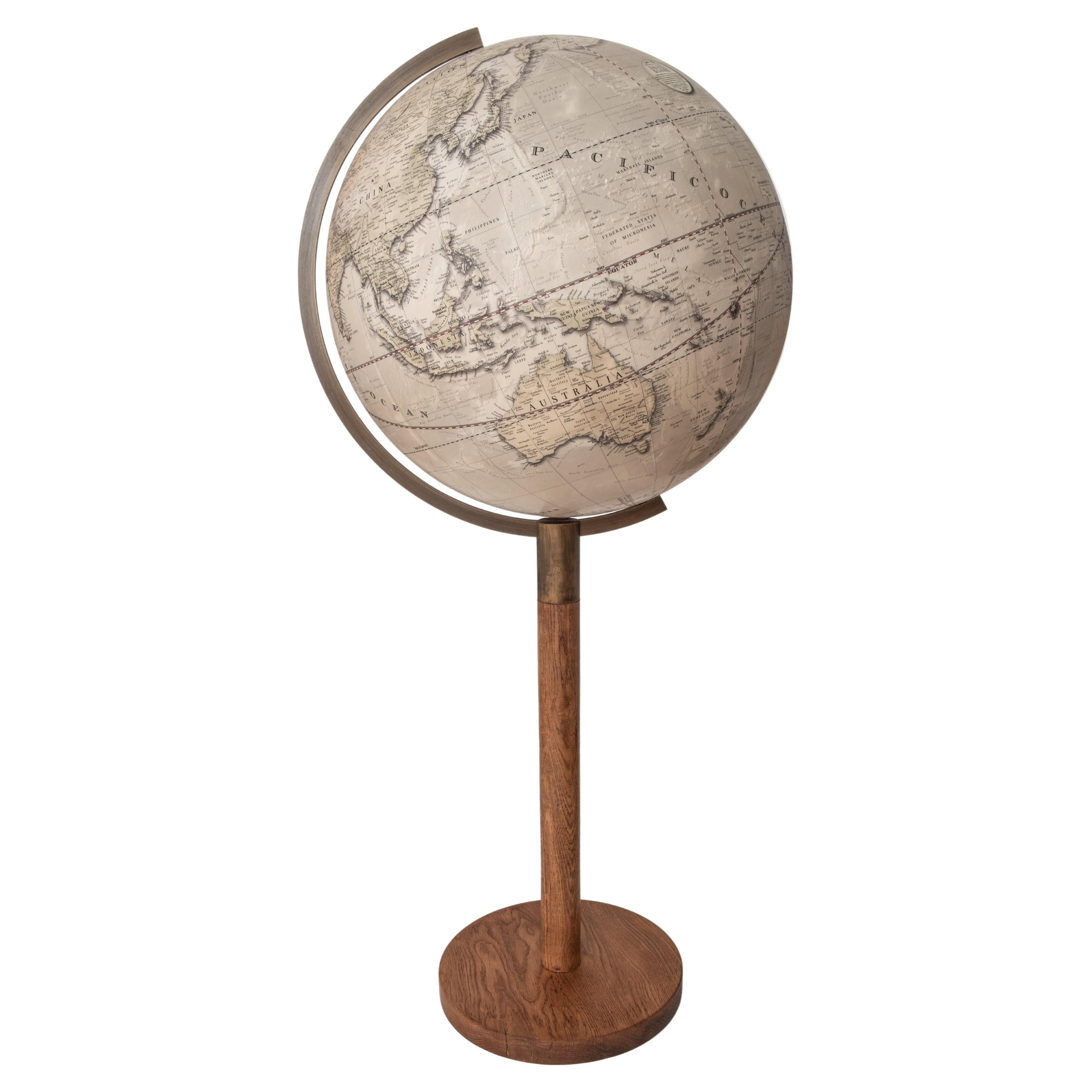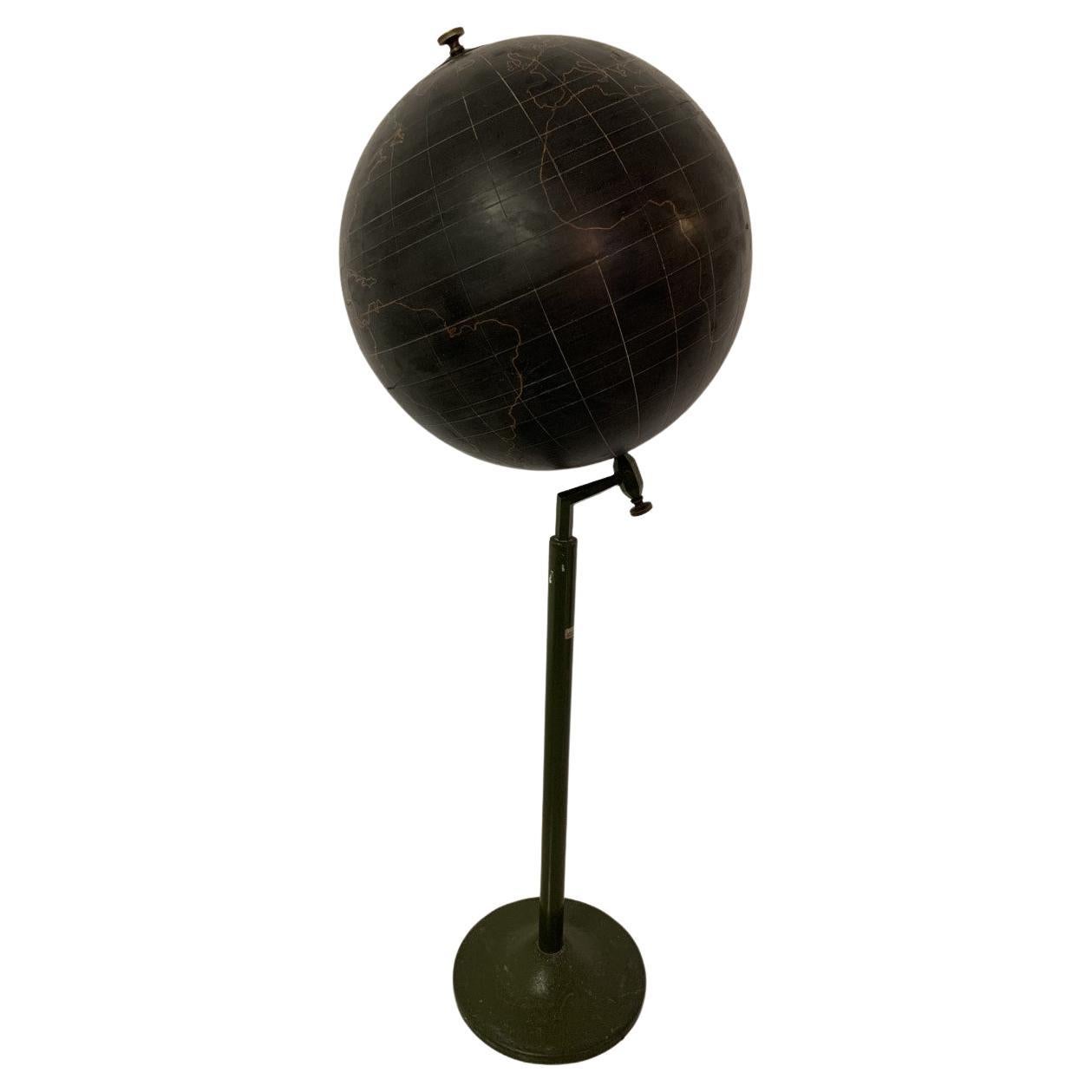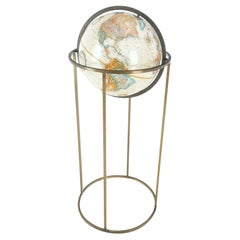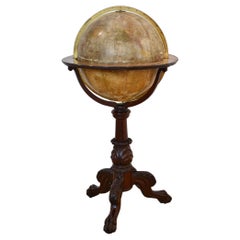
An Elegant Brass Floor Globe
View Similar Items
1 of 7
An Elegant Brass Floor Globe
About the Item
- Similar to:Paul McCobb (Designer)
- Dimensions:Height: 28.5 in (72.39 cm)Diameter: 14.5 in (36.83 cm)
- Style:Mid-Century Modern (Of the Period)
- Materials and Techniques:
- Place of Origin:
- Period:
- Date of Manufacture:1970's
- Condition:Wear consistent with age and use. Excellent original, globe is clean and bright, base is excellent. Was well cared for.
- Seller Location:Asheville, NC
- Reference Number:Seller: 1551stDibs: LU9130740035
You May Also Like
- Heavy Solid Brass Base Reploge Floor Stand Globe Paul McCobb MINTBy Paul McCobbLocated in Rockaway, NJHeavy Solid Brass Base Reploge Floor Stand Globe Paul McCobb MINTCategory
20th Century American Mid-Century Modern Globes
MaterialsBrass, Bronze
- Replogle Terrestrial Floor GlobeBy Replogle GlobesLocated in Asbury Park, NJThis floor globe by Replogle floats within a ring of walnut, supported by four 'turned' chrome stiles, which connect to a base of walnut. The ...Category
Vintage 1960s American Mid-Century Modern Globes
- 1900 Terrestrial Floor GlobeLocated in Brooklyn, NYTerrestrial floor globe with a large cartouche to the Pacific Ocean, supported in a graduated brass meridian with a mahogany horizon band with paper zodiac and calendar. Globe raised...Category
Antique Early 1900s Globes
MaterialsMahogany
- Midcentury Mahogany Floor Globe by ReplogleBy Replogle GlobesLocated in Van Nuys, CAMid-century era floor globe featuring a steel globe suspended by a mahogany stand. The globe rotates 360 degrees on two point axis comprised of metal ball bearings. Manufactured by ...Category
Vintage 1950s American Mid-Century Modern Globes
MaterialsSteel
$2,530 Sale Price20% Off - Mid Century Modern Replogle Brass Stand Globe in the Manner of Paul McCobb, 1955By Paul McCobbLocated in West Palm Beach, FL1950's era Paul McCobb style globe with patina brass stand. Brass is original and has not been polished. Globe does have age, pictured. Dimensions: 34.5 H x 14.5 D.Category
Vintage 1950s American Mid-Century Modern Globes
MaterialsBrass
- An exceptional pair of BLAEU table globesBy Willem BlaeuLocated in ZWIJNDRECHT, NLA very rare set of globes, 9 inch / 23cm, with an overall height of 38 cm, Amsterdam, dated 1602, but published after 1621. In their original stands with circular wooden horizon rings, covered with printed paper, supported by four legs and brass meridian rings supported by a single column. The terrestrial and celestial globe are made up of a set of 12 engraved gores, heightened in gold and Arctic ice caps, printed on paper and mounted on a plaster sphere of papier maché. Each sphere is mounted in a graduated brass meridian ring with the production number stamped at the back of the ring. Both globes are mounted on four-legged ebonized oak Dutch stands, which support the horizon ring. The legs are connected by two crossbeams which support a circular base plate with central support for the meridian ring. The horizon rings are covered with printed paper. With usual defects: paper equinoctial tables present gaps that are filled and restored; small splits along gores; several partially deleted entries; on the globe, the date 1602 and the text of the cartouche in America, are illegible ; small scattered spots but in general in good condition for such an early globe pair of which presently only 19 pair are recorded. These 9-inch globes are among the rarest since very few copies of them are known to exist, in comparison with the smaller or larger globes of Blaeu (4, 6, 13.5, and 26 inches). Blaeu's terrestrial globes were highly valued and were much in demand, because of the care with which they had been prepared, because of the efforts to give the latest information on discoveries, and because of the loxodromic lines that made them of special value to navigators. His celestial globes were appreciated for the fact that he had been the pupil of Tycho Brahe, who was himself known to be the greatest astronomer of his time. Willem Janszoon Blaeu (1571–1638), originally trained in astronomy, he quickly became a leading maker of maps, atlases and instruments. Blaeu’s globes were luxury items for wealthy and intellectual merchants and nobility who benefited from Blaeu’s access through the Dutch East India Company to the latest navigational discoveries and geographical information. Willem Jansz Blaeu collected information that Dutch mariners gathered from around world and brought back to Amsterdam. Crews were instructed to record information about the lands they visited and the skies they saw. Blaeu incorporated these observations in maps and globes. Through his web of contacts and thanks to assiduous research, he was also able to obtain the most recent information about the latest discoveries in the western hemisphere and the South Pacific, where Dutch explorers were particularly active at the time. Since the globe was published after 1618, Blaeu was able to include the discoveries made by Henry Hudson in his attempt to find a passage to the East Indies. He also included recent Pacific discoveries of the celebrated voyages of Willem Cornelis Schouten and Jacob Le Maire, who both traversed the South Pacific and the Atlantic. The findings of Schouten and Le Maire in the Tierra del Fuego region are also incorporated. The Strait of Le Maire is drawn and the hypothetical southern continent is labelled “Terra Australis Incognita Magalanica”. Olivier van Noort’s track is drawn and labelled. His route is indicated with a broken line and the words: “Navigationis Olivierij ductus” (several times). There are various decorative features, such as animals on the different continents, many ships on the high seas and allegorical and mythical figures around the cartouches. The nine-inch globe is not just a smaller version of the one published in 1599. Drawings of animals and people do often correspond to those on the earlier globe, but Blaeu made several significant changes. - The west coast of North America is drawn differently and the river system of Brazil is altered. - The hypothetical southern continent is labelled: Terra Australis Incognita Magallanica. - There are nine ocean names in handsome curling letters: Mare Congelatum, Mare Atlanticum, Oceanus Aethiopicus, Mare Arabicum et Indicum, Mare di India, Oceanus Chinensis, Mar del Zur, Mare Pacificum, Mar del Nort. - Willem Blaeu...Category
Antique 17th Century European Dutch Colonial Globes
MaterialsOther

